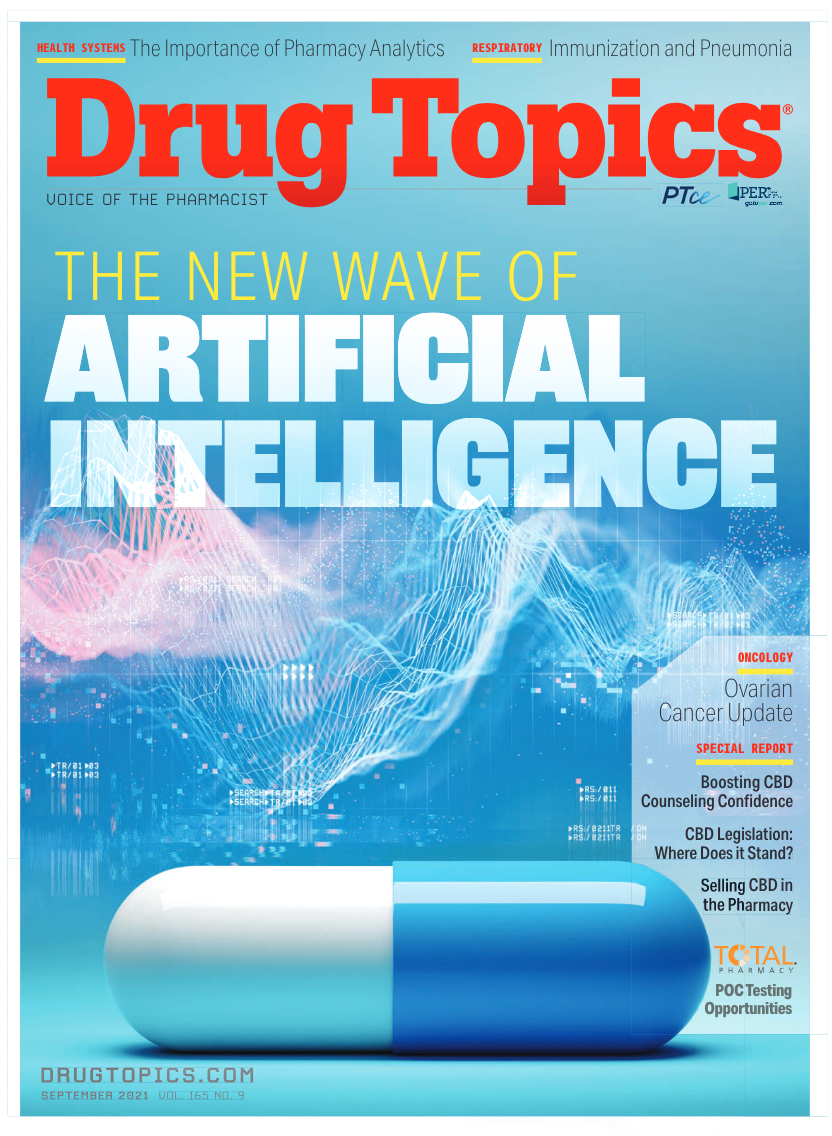Why Pharmacists Are Stressed Out, and How to Improve Self-care
Prioritizing well-being can be difficult when dealing with increased workloads, but pharmacists can find small ways to incorporate self-care into their days.

It is common knowledge that pharmacists feel overworked and experience a high level of stress in their jobs, which was further exacerbated during the COVID-19 pandemic. Thirty percent of pharmacists say they are taking worse care of themselves now compared with before the pandemic, according to a recent Pharmavite survey. Sixty-two percent said that work commitments were the primary impediment to better self-care.
In addition, the American Pharmacists Association’s (APhA) Well-Being Index (WBI) for Pharmacy Personnel—an online self-assessment tool measuring well-being, suicidal ideation, and other factors—showed that the National Distress Percent for pharmacists reached 33.68% as of July 15, 2021, according to APhA. Mayo Clinic investigators have reported that those individuals are at greater risk for adverse outcomes including a 3-fold higher risk of low quality of life, an 8-fold higher risk of burnout, a 2.5-fold higher risk of high fatigue, a 2.5-fold higher risk of intent to leave their current job, and a 2-fold higher risk of making a medication error, APhA told Drug Topics®.
“People are reporting burnout, fatigue, the intent to leave their jobs, and [employers] not supporting pharmacists as they need to be supported,” said Sandra Leal, PharmD, MPH, president of APhA, and executive vice president for advocacy at Tabula Rasa HealthCare. Chain pharmacy practice has the highest percentage of those pharmacists whose WBI scores indicate the risk of high distress.
Theresa M. Mc Ardle, MBA, senior brand manager for Nature Made Essentials, Pharmavite, said that although pharmacists have always been trusted, accessible advisers on health-related matters, “the pandemic placed an increased demand on [them] as a source of much-needed support at a time when other areas of the health care system were overtaxed.”
As frontline medical workers and physicians remain busy and focused on combating COVID-19, pharmacists “have taken an even more active part in providing counsel, education, and support to patients who have concerns about the virus—going far beyond simply administering vaccines,” Mc Ardle added. “This increased demand has led to longer hours at work and less time to keep up self-care practices like proper meal preparation and regular exercise.”
Pharmacies were not effectively staffed before COVID-19 hit; therefore, pharmacists took on a greater workload during the pandemic, according to Lucinda Maine, PhD, RPh, executive vice president of the American Association of Colleges of Pharmacy (AACP). “It really made people feel good that they were part of the solution [to] the horrible scourge of the pandemic,” Maine said. Plus, pharmacists are on the front lines of their communities, and some are the only access points for COVID-19 vaccinations after mass vaccination clinics largely closed, said Maine.
Pharmacists’ well-being is so important that AACP’s board adopted “well-being for all” as one of its top 6 strategic priorities for 2021-2022. “Everyone has stopped at some level to take stock of life—personal, family, and work—and what is it we need to do to get to a healthy place, to get to a better place than what has been imposed upon us [during COVID-19],” Maine said.
Self-Care Tips
“Pharmacists do so much for us, it’s understandable that they may forget to prioritize their own well-being,” Mc Ardle said. She suggests the following ways for pharmacists to incorporate self-care practices into their workdays.
1. Step away. “The most effective way to disconnect and take a break during the workday is to step away for a moment, whether it’s grabbing a coffee or simply sitting down for 15 minutes to meditate,” Mc Ardle said.
2. Take a walk. “Exercise is an important aspect of any person’s overall health. Taking a short walk is an easy way for pharmacists to stretch their legs and even get some fresh air during a time when they may be stuck inside all day,” she noted.
3. Drink plenty of water. “By combining hydration with work breaks, pharmacists can get double the health benefits,” Mc Ardle said.
Another way to help reduce stress and burnout is to explore other job options, Maine noted. Some pharmacists feel stuck in their current positions because they are unable to move across the country.
However, there are many new options for pharmacists—particularly in telepharmacy and digital health solutions—that may not require a geographic move, according to Maine. “Strongly consider those options. The worst thing for the profession is pharmacists being so angry and frustrated that they are telling young people not to consider careers in pharmacy,” Maine said.
AACP is encouraging colleges and universities to work with digital health companies to integrate pharmacists into their businesses. “There are jobs waiting for pharmacists that don’t yet exist,” Maine said.
Reference
- New research from Pharmavite points to a decline in self-care for pharmacists. News release. Pharmavite. June 22, 2021. Accessed July 27, 2021. https://www.pharmavite.com/perspectives/news/new-research-from-pharmavite-points-to-a-decline-in-self-care-for-pharmacists/
